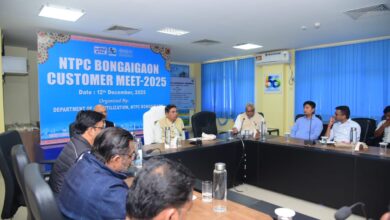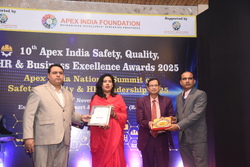RBI’s New Priority Sector Norms being Tweaked to Favour the Rich and Fleece the Poor?

The Reserve Bank of India has released revised priority sector norms. A closer look shows how the government and RBI are tweaking the norms to favour the rich and fleece the poor.
Already the norms have been diluted over a period of time by changing the criteria. In agriculture, allied activities were included, in housing the limit for construction cost was increased, in Small and Micro Enterprises the turnover and capital cost were increased. Above all if the banks are not able to lend to priority sector 40% of the advances, they could deposit in Rural Infra Structure Fund (RIDF) of NABARD or purchase Priority Sector Lending Certificates from banks which have financed more.
Now corporate farmers, companies and partnership firms are included with a loan ceiling of Rs.2 crores.
Loans to Micro Finance Institutions and Non-Banking Finance Companies which fleece the poor with exorbitant interest rates are priority sector. So banks will reduce direct lending to Self Help Groups, Joint Liability Groups etc and lend to MFIs and NBFCs. Startups with Rs.50 lakh in Allied or Ancillary Agriculture Industries come under priority sector and startups other than agriculture up to Rs. 50 Crores come under priority sector. Norms for classification of micro, small and medium enterprises were changed recently. A micro enterprise can have plant and machinery of Rs. 1 Crore and turn over upto Rs.5 crores. Is it really micro? A small Industry can have investment in plant and machinery upto Rs.10 crore and turnover upto Rs.50 crores. Is it really small? A medium enterprise can have investment in plant and machinery upto Rs.50 Crores and turnover of Rs.250 Crores. Banks will find it easier to lend to these micro enterprises and small industries instead of artisans, small traders, cottage industries which may not require loan of even Rs. 10 lakhs.
In housing cost of construction in urban areas upto Rs.45 lakhs and Rs.30 lakhs in rural areas is under priority sector. Few days back I have seen in my native place a house with two bed rooms, a hall and kitchen with a sit out, constructed with Rs.14 lakhs including basic interiors. Banks will prefer to lend to Rs.20 lakh borrower than Rs.10 lakh borrower because of huge shortage of staff.
Banks are also permitted to invest in securitised assets, Inter Bank Participation certificates, Priority Sector Lending Certificates and Rural Infra Structure Development fund instead of lending to priority sector directly.
Banks were to lend 1% of total advances at Differential Rate of Interest of 4% simple to weaker sections of the society. This was closely followed up in Tripura by the State Level Bankers Committee even before three years. Some other states also might have done that. But now this is missing in the new Master Circular. There is a need to review this norms immediately. Otherwise poor will not benefit but rich will benefit.
Lending to Micro Finance Institutions and Non Banking Finance companies (including Fintechs) is going to affect the poor a lot. This has to be stopped and banks should lend directly to Self Help Groups, Joint Liability groups, Farmer Producer organisations, street vendors, petty traders, artisans, village and cottage Industries and every bank branch should have a space for selling these products. This will generate employment and improve the economy which is steeply falling.
“Mere good Governance is not enough; It has to be pro people and proactive. Good Governance is putting people at the center of the development process” said PM Modi once.
Modiji preaching is no use. Please practice it.
Views expressed here are those of Thomas Franco, former General Secretary of All India Bank Officers’ Confederation (AIBOC)




